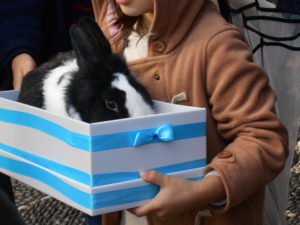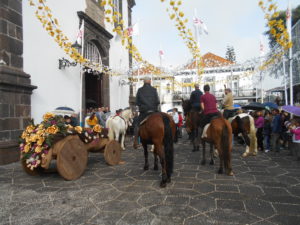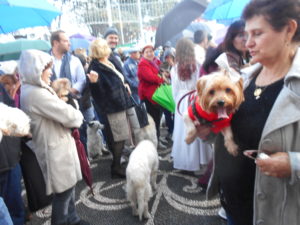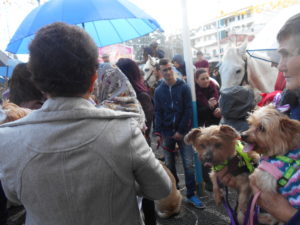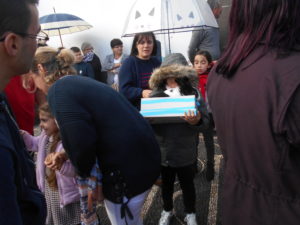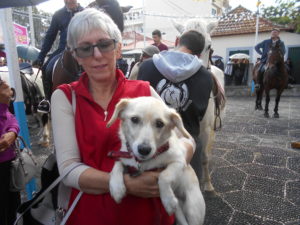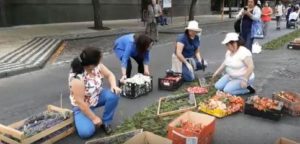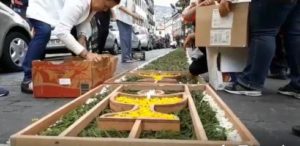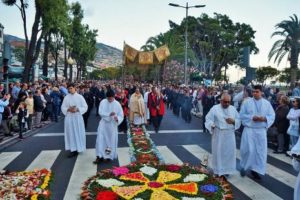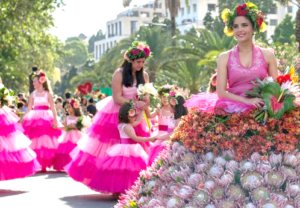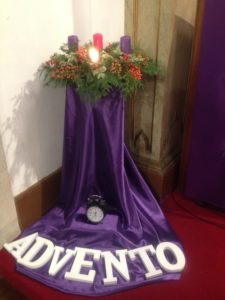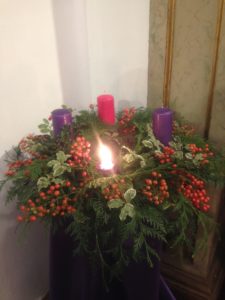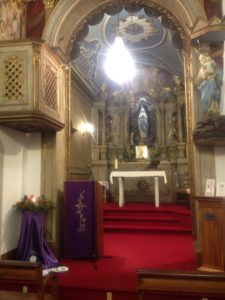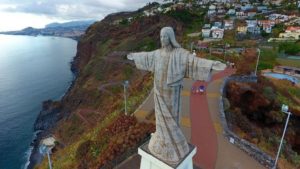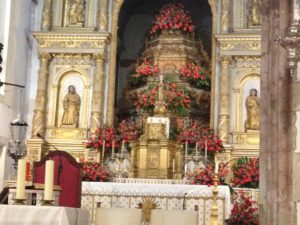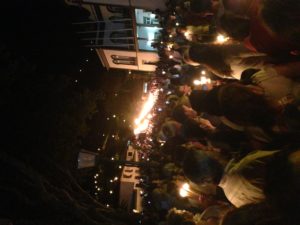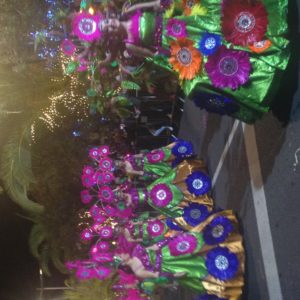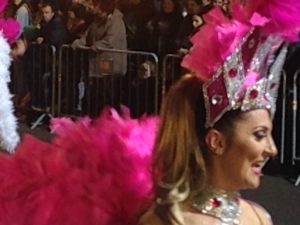The feast day of Saint Antonio de Abad (January 17th) and the Blessing of Animals
The feast of Saint Antonio de Abad is celebrated on January 17, the highlight of this feast being the blessing of animals – farm animals as well as pets.
Saint Antonio was a Catholic (Coptic) monk born in 3rd-century AD Egypt who was known for spreading monasticism, but is now most famous for being the first to practice the asceticism of going into the wilderness to renew one’s faith through nature. This is how he became associated with animals. (Odd side note: He is also the Saint to whom you appeal to get rid of skin diseases, i.e. “St. Anthony’s fire”!). (http://www.eventsloscabos.com/2013/feast-day-of-san-antonio-de-abad-saint-anthony-abbot/)
Every year, at this time of year, at the church of Caniço, on Sunday, a special service and procession is held for the blessing of animals. Many people bring their pets and the highlight is the participation of a group of horses.
